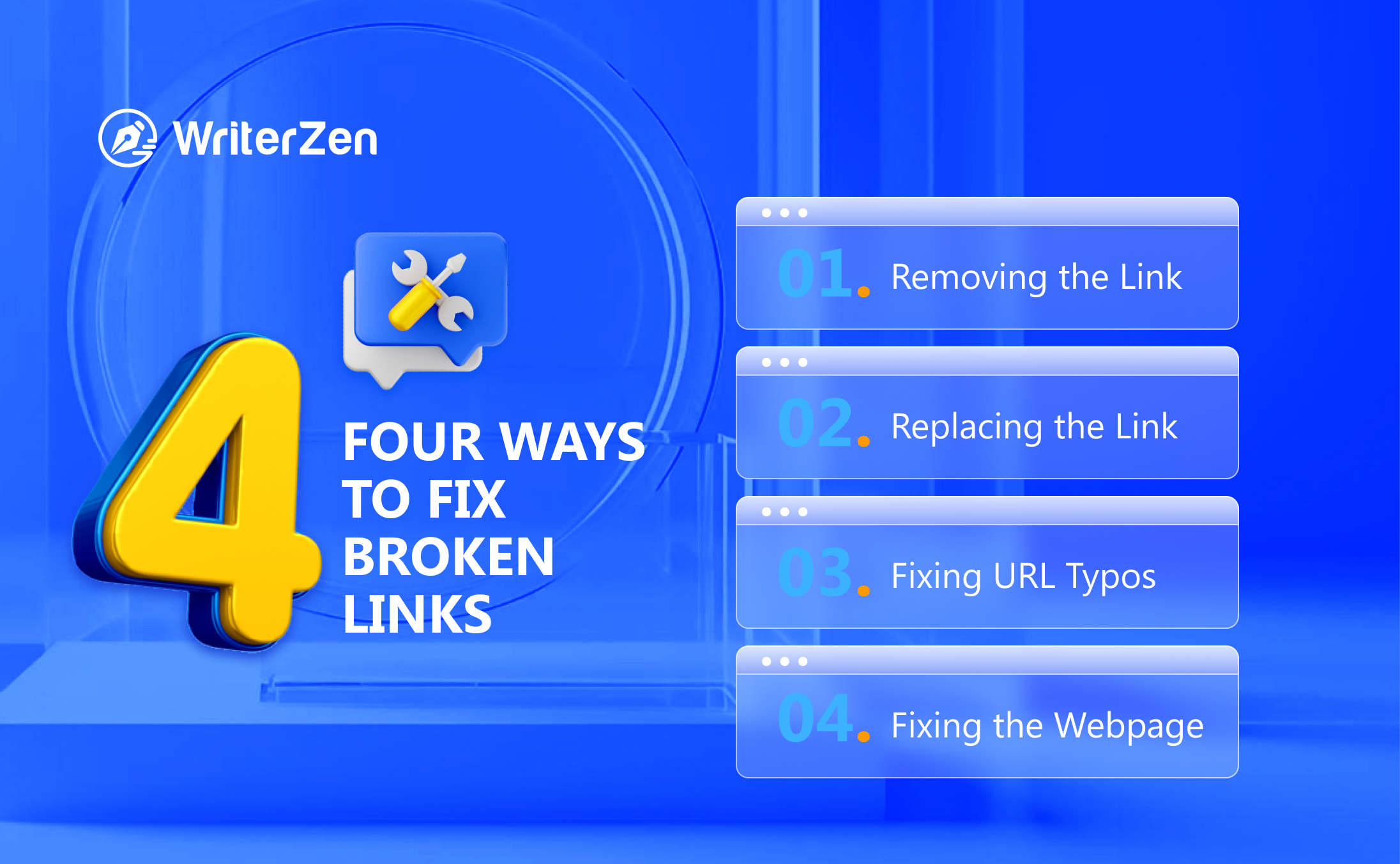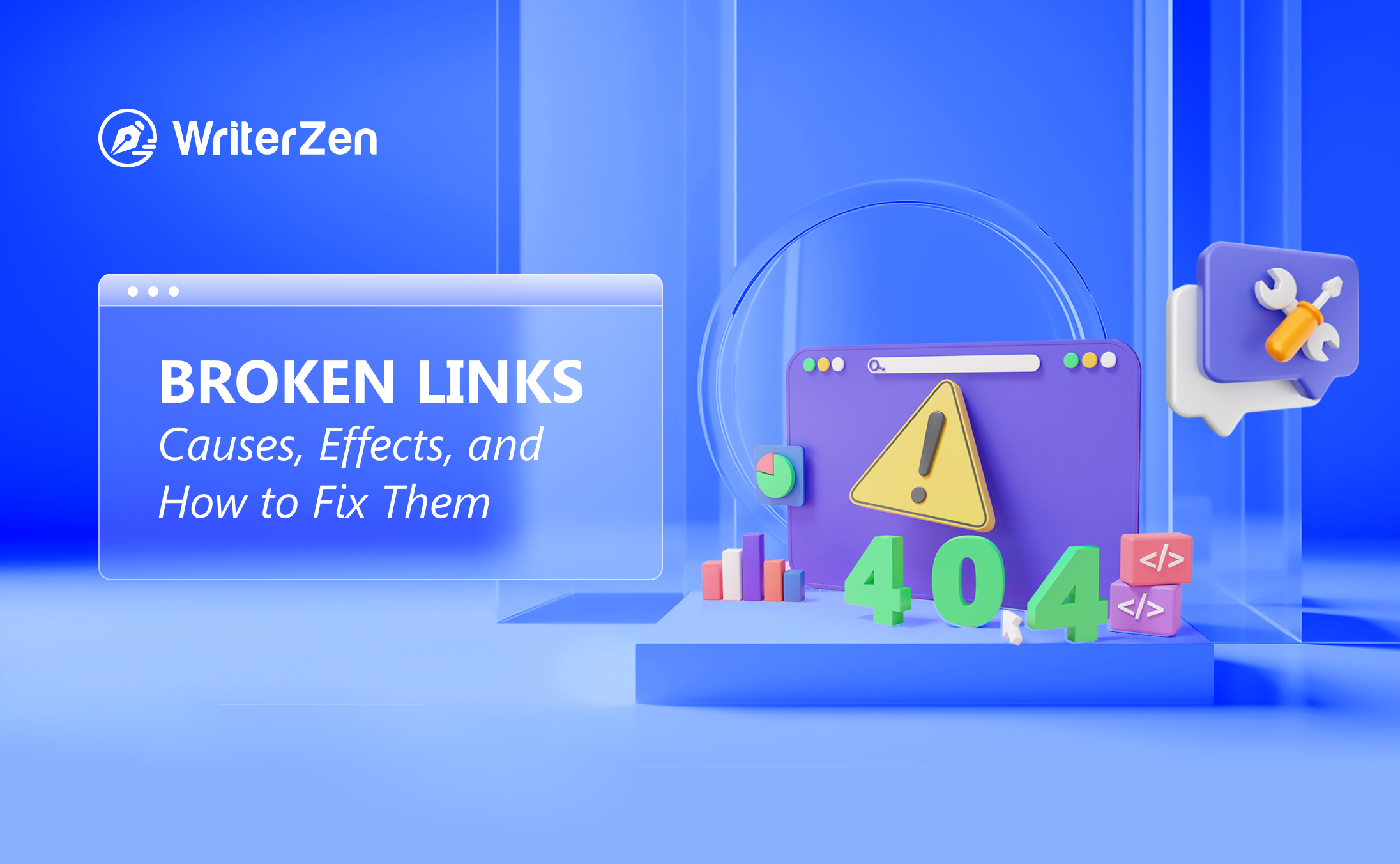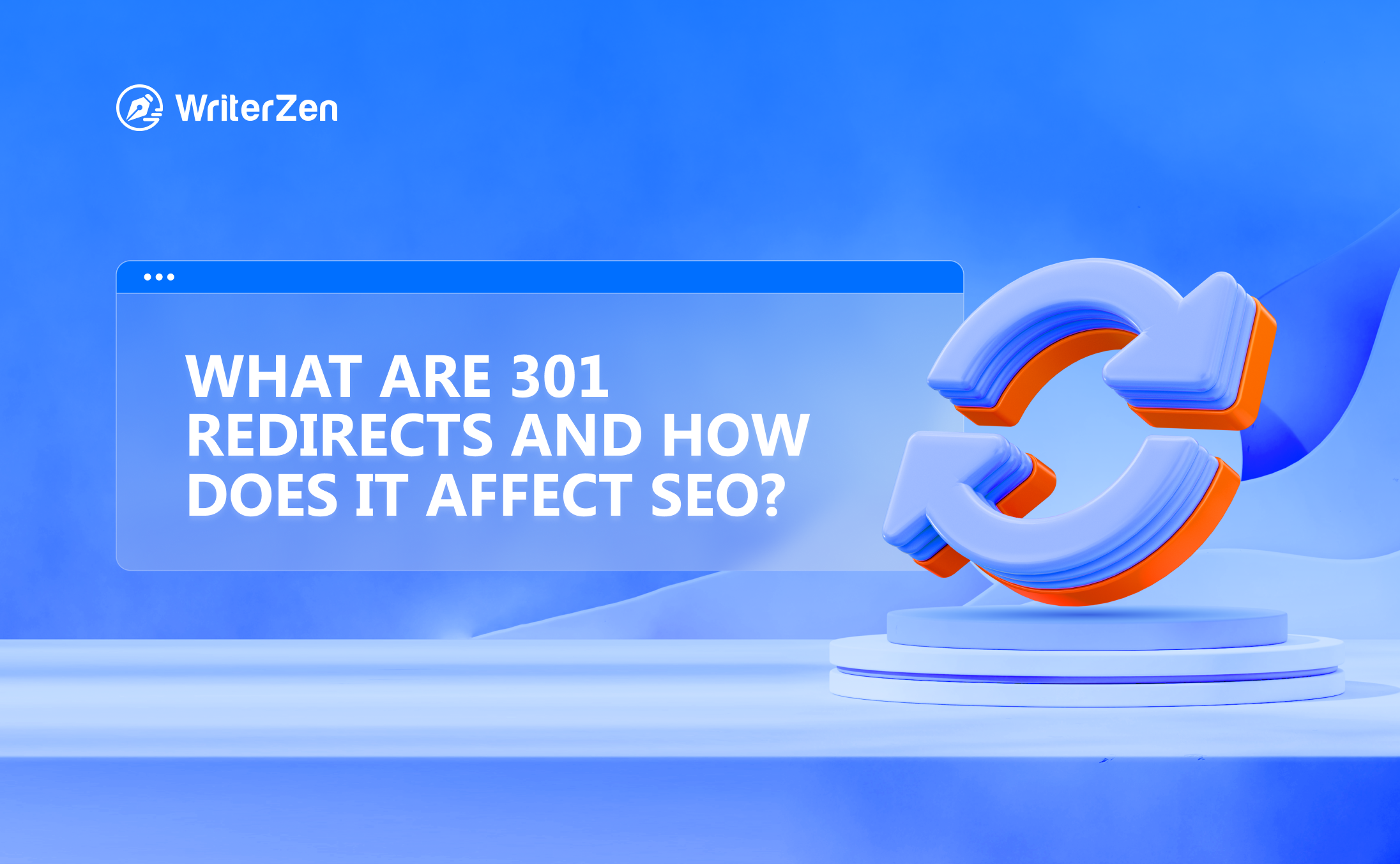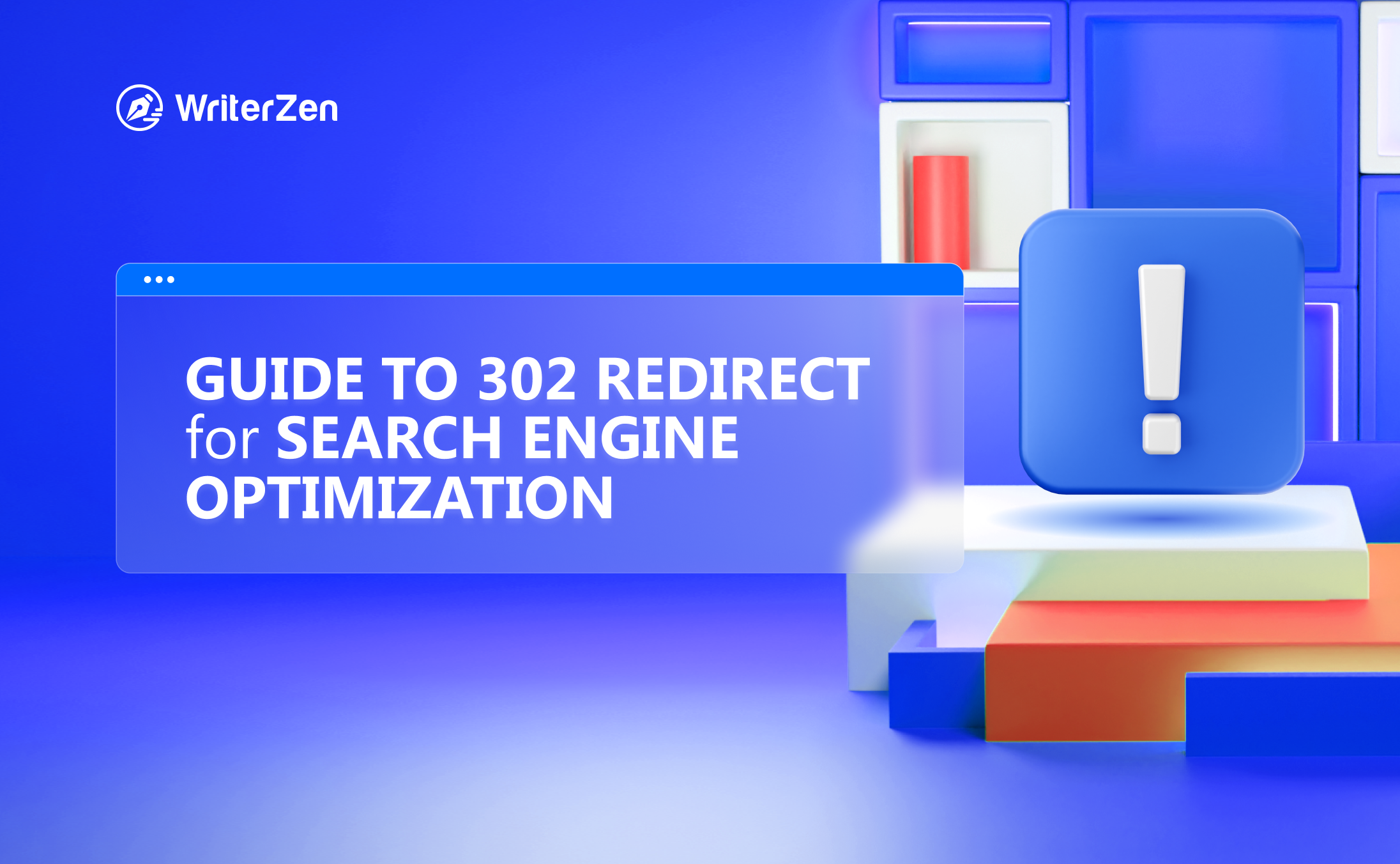What Is a Broken Link?
A broken link, also known as a dead link or link rot, is a hyperlink on a website that directs users to a page that is either moved to another URL or entirely deleted.
Dealing with broken links is quite common. Keep in mind that if you have noticed there are some broken links on your website, it is crucial to fix them as soon as possible. There is nothing more unprofessional than leaving non-functional links on your site.
But before learning how to fix them, let’s look at the potential causes first.
Reasons for Broken Links
There are quite a few reasons why broken links on a website may happen. Here are a few common broken links examples, the reasons they occur, and the error messages that will display, all of which you should keep an eye out for when developing a webpage:
-
404 Page not found - the webpage no longer exists or cannot be accessed.
-
Timeout - when trying to access the HTTP request, the link checking continuously timed out.
-
401 Removed - the webpage has been removed and cannot be accessed.
-
404 Bad requests - the webpage and URL are unable to be read by the host server.
-
Bad URL - also known as a malformed URL, meaning it is missing a symbol such as a slash, bracket, etc.
-
Bad host - the main host server’s name is unable to be read or does not exist.
-
Reset - this error occurs when the server loses connection which can happen if the server is too busy or has been misconfigured.
-
Bad code - the HTTP response code used is invalid.
How Broken Links Affect SEO
Broken links can negatively impact SEO by causing search engine crawlers to encounter problems when indexing a website's content. When search engines crawl a website and encounter broken links, they can assume that the website is outdated and not sufficiently maintained or designed for users.
Search engines value user experience greatly, and as a result, websites with broken links can lose credibility and authority with search engines, which can result in diminished traffic and reduced search engine ranking.
Additionally, external links that lead to nonexistent content on a website result in a poor experience for users, further damaging the website's reputation and SEO ranking. There is nothing worse than a user visiting your website and clicking on a link that directs them to an error message.
It is essential to regularly check for and fix broken links on your website to avoid any potential negative effects on your SEO performance.
How to Find and Fix Broken Links
As mentioned above, all website hosts must be aware of how to find broken links and fix these issues. By fixing broken links on your website, you can provide a better user experience, improve website performance, and increase search engine rankings.
While you can manually click on every hyperlink on your website to check, this method of finding broken links can be quite long, and due to human error, you may even miss a few links.
Here’s the process we recommend:
-
Step 1: Use a broken link checker tool to identify broken links on your website.
-
Step 2: Once you have identified the broken links, determine whether it's necessary and possible to fix them or remove them.
-
Step 3: Choose one of the methods below depending on the situation of each broken link.

Removing the Link
One of the quickest ways to fix a broken link is to completely remove it from the website. This practice is suitable if the link is outdated or no longer exists.
Doing this prevents users from being able to access the link altogether. Removing the link is the best measure to take if your website is receiving lots of traffic and you need to fix broken links as soon as possible.
Replacing the Link
Another measure you can take is to replace the dead link with a link that is working. You can choose to replace the link to the new webpage that is up and running or to an alternative resource that is still relevant to your webpage.
Fixing URL Typos
A common error that leads to broken links is having typos in the anchor text of your blog content. If this is the reason for the broken link on your website, then the best way to fix this is by simply fixing the typos.
Fixing the Webpage
If the broken link is directing users to an important resource of your website, then you need to fix the webpage itself. It might take some extra time and effort, but it will only benefit your website’s user experience.
Final Thoughts
Dealing with broken links can be quite frustrating, especially if you have no idea if your page has a dead link or not. That’s why it’s essential to continuously crawl your site for broken links using tools or plugins compatible with your CMS and fix the issue as soon as possible.
Now that you are equipped with the information you need about broken links, you will be ready to identify and correct them if they occur on your website.
















